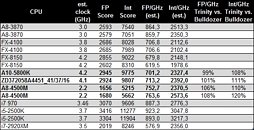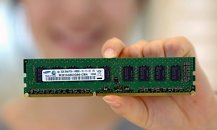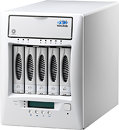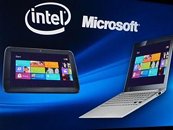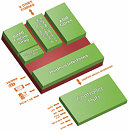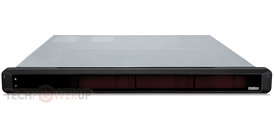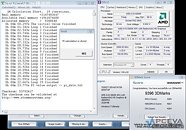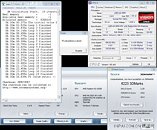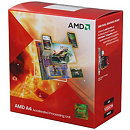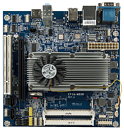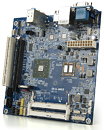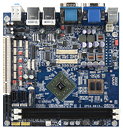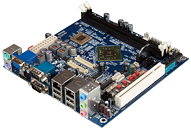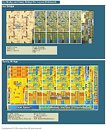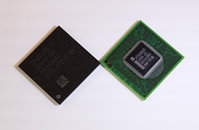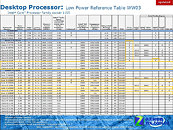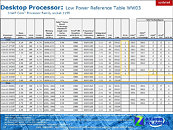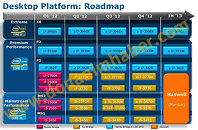
Trinity (Piledriver) Integer/FP Performance Higher Than Bulldozer, Clock-for-Clock
AMD's upcoming "Trinity" family of desktop and mobile accelerated processing units (APUs) will use up to four x86-64 cores based on the company's newest CPU architecture, codenamed "Piledriver". AMD conservatively estimated performance/clock improvements over current-generation "Bulldozer" architecture, with Piledriver. Citavia put next-generation A10-5800K, and A8-4500M "Trinity" desktop and notebook APUs, and pitted them against several currently-launched processors, from both AMD and Intel.
It found integer and floating-point performance increases clock-for-clock, against Bulldozer-based FX-8150. The benchmark is not multi-threaded, and hence gives us a fair idea of the per core performance. On a rather disturbing note, the performance-per-GHz figures of Piledriver are trailing far behind K12 architecture (Llano, A8-3850), let alone competitive architectures from Intel.
It found integer and floating-point performance increases clock-for-clock, against Bulldozer-based FX-8150. The benchmark is not multi-threaded, and hence gives us a fair idea of the per core performance. On a rather disturbing note, the performance-per-GHz figures of Piledriver are trailing far behind K12 architecture (Llano, A8-3850), let alone competitive architectures from Intel.
